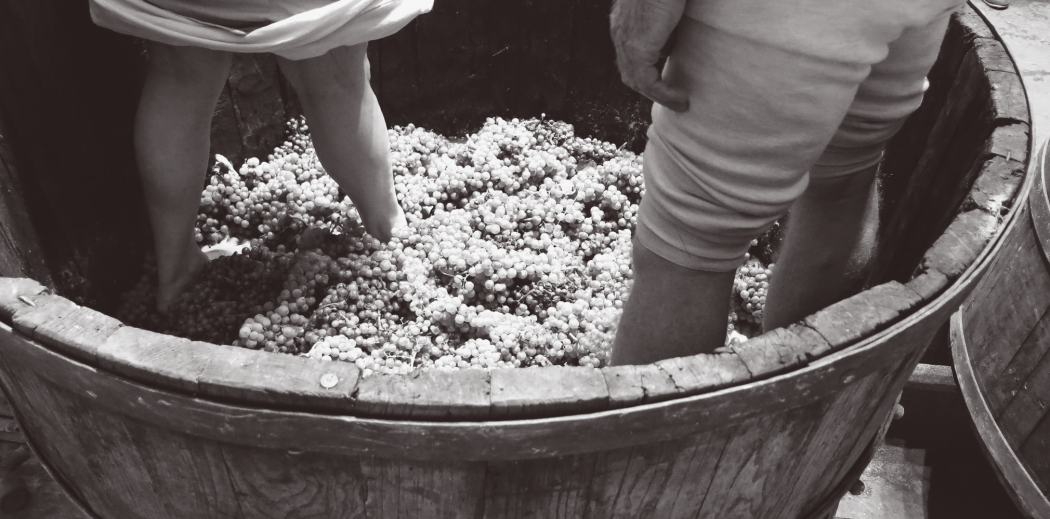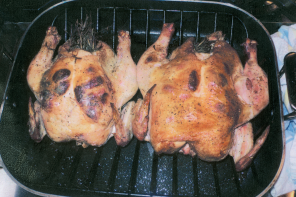We’ve all seen it, in the movies or maybe on television – but why oh why do people stick their feet in big vats of grapes and squish them with their toes?
Grape stomping, also known as pigeage or grape treading, is when people crush freshly picked grapes with their feet to extract the juice. It is part of the maceration process that releases the phenols and tannins from the grapes. Pigeage, or pigage à pied, in French translates to “punch down” the cap. As the grape skins, stems and seeds get repeatedly submerged and punched down, it extracts color, tannin, flavor and aroma from the solids, but the solids also float at the top of the fermentation vat covering a large surface area creating a “cap.”
The tradition has been around for centuries, since the Greeks and then the Romans when they adapted the viniculture process. Evidence shows demigods stomping grapes at a Roman festival on a Roman sarcophagus. There is even evidence that the Egyptians stomped on grapes.
However, since the industrial era, stomping became reserved only for celebrations. In the US, making juice from stomped on grapes has been banned since the end of the 20th century, for obvious health reasons, but this hasn’t stopped people from stomping just for the fun of it.
At festivals across the globe people still take part in the activity. There’s even a world championship Grape Stomp at the Sonoma County Harvest Fair. Teams of two, a stomper and a swabby, compete for the $1,500 prize. While the stomper rids the juice from the fruit, the swabby makes sure no grape skins clog the barrel for free flowing juice into the jug.
Despite purple stained feet and lots of physical labor, people are still excited to participate in an event that pays homage to the ways of old wine making. Even without wine produced, this harvest ritual isn’t going anywhere.








